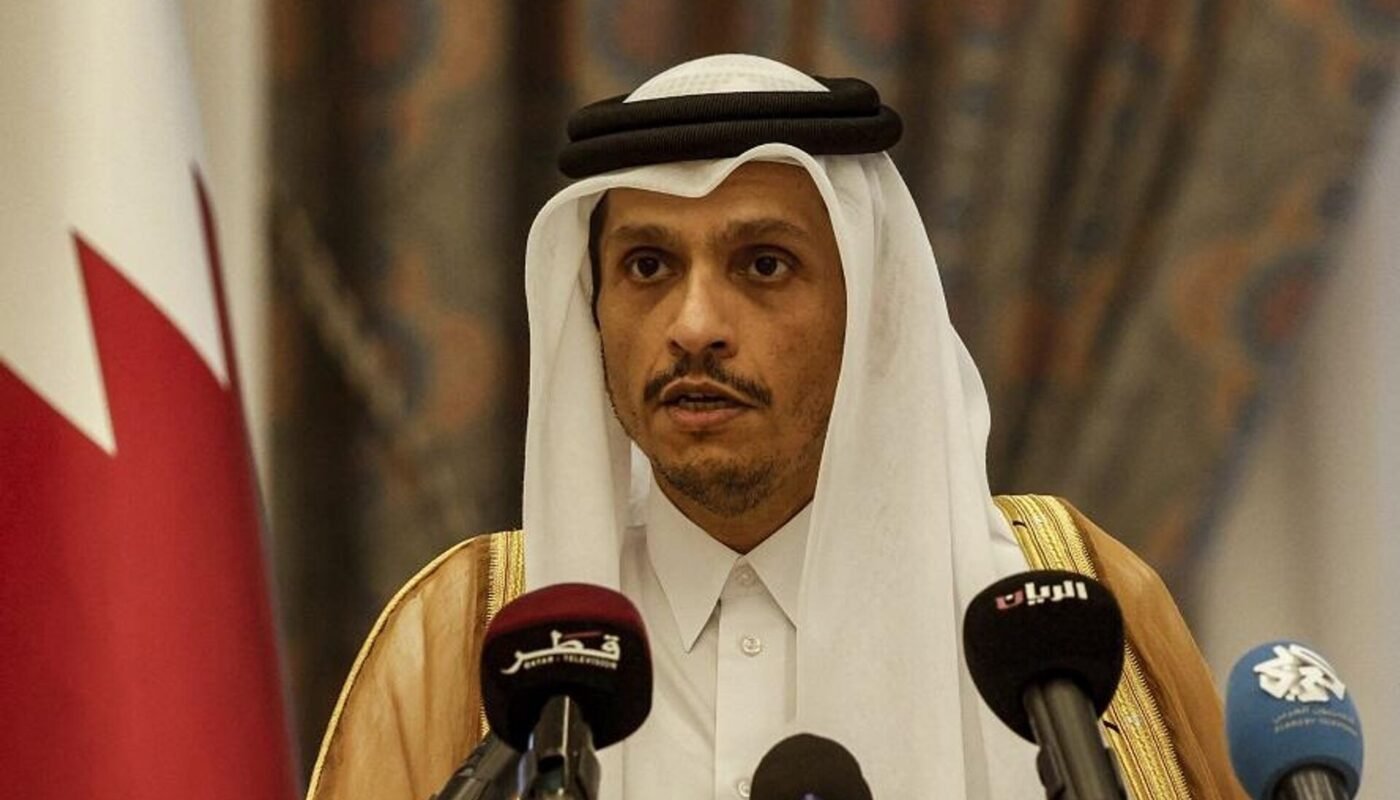Arabian Post Staff -Dubai

Efforts to establish a ceasefire in Gaza have hit a deadlock as both Hamas and Israel remain deeply divided on key terms. Despite initial hopes for a resolution, negotiations have faltered, leaving U.S. officials increasingly doubtful about achieving a swift end to the conflict.
The proposed ceasefire framework, which is intended to unfold in three phases, has encountered significant obstacles. Phase 1, involving a six-week pause in hostilities, the release of hostages, and the withdrawal of Israeli forces from populated areas in Gaza, initially appeared promising. However, disagreements over Phase 2—the negotiation of a comprehensive end to the conflict—have caused the talks to stall. Hamas demands a full Israeli withdrawal from Gaza, while Israel insists on continuing its military operations until Hamas is fully dismantled, a goal that could take months or even years to achieve.
The Biden administration, which has been actively mediating the talks, has expressed frustration over the impasse. U.S. officials have noted that without a ceasefire, humanitarian aid to Gaza remains severely limited, exacerbating the suffering of civilians caught in the crossfire. Humanitarian groups have echoed these concerns, stressing that a pause in fighting is crucial to providing consistent access to food and medical supplies.
As the stalemate drags on, there are growing concerns that the conflict could extend into the latter part of 2024. Despite ongoing diplomatic efforts, neither side shows signs of compromising, raising fears that the war will continue unabated.
The situation remains fluid, with U.S. officials continuing to push for both parties to reach an agreement, but the path to peace appears increasingly uncertain.
This report is based on information from multiple credible sources, including Politico and The National.



